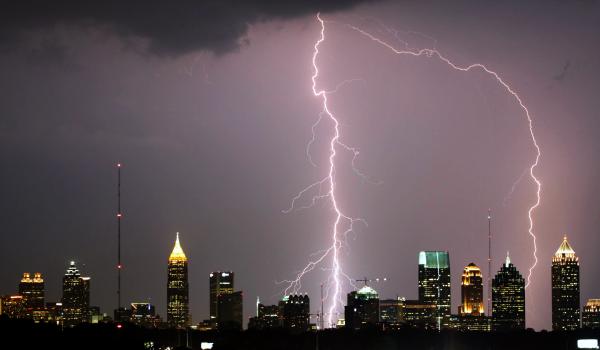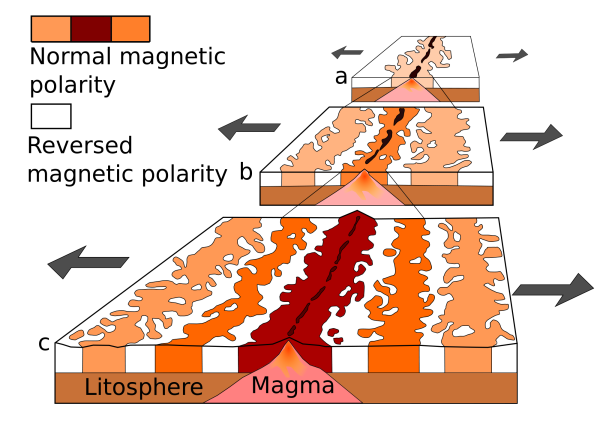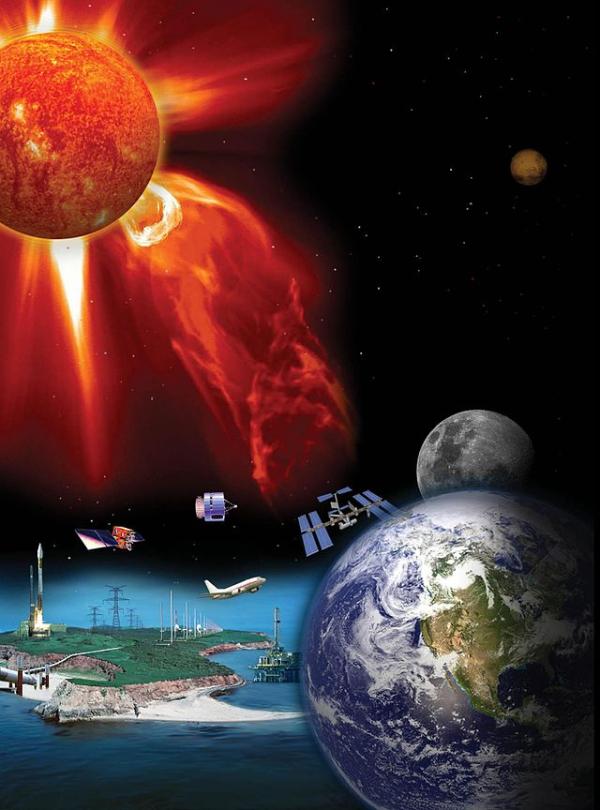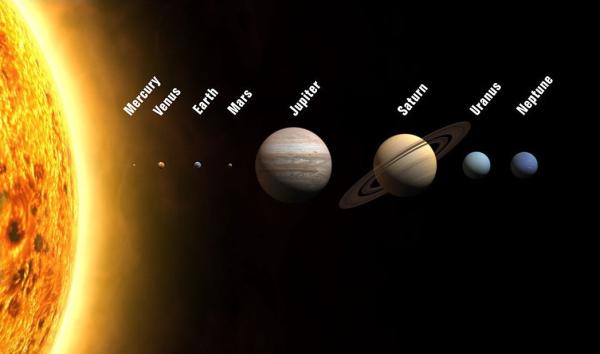Magnet Facts
-
What Is A Magnetic ‘Tractor Beam’?
In the news recently, you may have seen a few companies debut their versions of magnetic hoverboards such as Lexus and Arx Pax. While the hoverboards aren’t quite ready for public consumption, they did pique the interests of NASA scientists. NASA partnered with Arx Pax to use their Hendo Hoverboard engine technology to develop a magnetic ‘tractor beam’. So, what is a ‘tractor beam’ and what does it have to do with the Hendo Hoverboard? Continue reading → -
Magnetism and Superheroes
Superheroes frequently defy science with their abilities and daring feats. And some of the concepts behind their super powers, however unlikely, involve magnetism. Some superheroes use magnetism more than others - I’m sure you’ve heard of Magneto. So, here are a few other plotlines with lesser known magnetic properties. Continue reading → -
How To Use Magnets For Geocaching
The modern version of treasure hunting doesn’t involve chests filled with gold or cloth maps marked with an X. Instead of searching for hidden treasure buried beneath the sand, you can find a network of different objects and containers carefully disguised all over the world and recorded as geocaches. Geocaching is a treasure hunting game where you can hide objects with varying degrees of value in interesting places. Then, other geocachers have to follow your clues and hints in order to locate the hidden treasure. Continue reading → -
Where Does The Phrase 'Animal Magnetism' Originate?
Some would say cute puppies and kittens have animal magnetism. Others might say their significant others or favorite celebrities have animal magnetism. No matter who you think has qualities of magnetism, the origins of the phrase and recent research into the theory might surprise you. Continue reading → -
3 Uses For Electromagnetic Pulses
Electromagnetic pulses (EMPs) occur when a rapidly accelerating electric current generates a magnetic field and causes a burst of electromagnetic energy. Commonly caused by lightning strikes, EMPs can cause power outages and can even damage electronics by short-circuiting them. While we have ways of protecting ourselves against EMPs caused by lightning, can we use EMPs for our own purposes? Continue reading → -
Are Lightning Strikes Magnetic?
There’s a reason why metal attracts lightning better than other materials: Electrical currents cause magnetic fields to form around them. Lightning strikes are rapidly moving electric currents and the movement of electric charges produces a magnetic field. This is called electromagnetism. The electromagnetic properties of lightning are apparent in several ways. The two most apparent magnetic properties of lightning, however, are remanent magnetization and electromagnetic pulses. Continue reading → -
What Is Paleomagnetism?
Scientists can study the history of Earth’s magnetic field by using Earth’s rocks as records. Paleomagnetism is the study of magnetic rocks and sediments to record the history of the magnetic field. Some rocks and materials contain minerals that respond to the magnetic field. So, when rocks form, the minerals align with the magnetic field preserving its position. It’s called rock magnetism when rocks record the position of the magnetic field. The magnetic signature of the rocks allows paleomagnetists to date the rocks and map the position of the field at the time of their formation. Continue reading → -
What Is A Geomagnetic Storm?
A geomagnetic storm recently caused some unusual aurora sightings on Earth. The storm is a result of solar eruptions strong enough to disturb Earth’s magnetosphere. The magnetosphere usually protects us from solarwinds so what made this disturbance different? Continue reading → -
How Does the Hyperloop Train Use Magnets?
Recently, there has been a lot of hype about Elon Musk’s Hyperloop train. Musk, who is no stranger to innovation and entrepreneurship, has also founded Tesla Motors, PayPal and SpaceX. The Hyperloop train, a high-speed mode of transportation is his latest venture. The Hyperloop would use a system of tubes and pods to get people from one place to another faster than ever before. According to CNN, it would travel twice as fast as the fastest train in the world, the Maglev. The Maglev train zips on top of a magnetically levitated track at an average 286 mph but has been clocked at speeds slightly over 310 mph. In other words, the Hyperloop train could potentially travel at records speeds between 600 and 700 mph, according to its creators. How could it travel at such high speeds? Continue reading → -
The Magnetic Fields of Our Solar System
Magnetic fields protect planets and atmospheres from solar particles. The particles from the sun are charged, which means they respond to the magnetic field and move around it. Magnetic fields are generated by the movement of magnetic material located inside the planet, usually at the core. Earth’s magnetic field is generated by liquid metal at the core and Earth’s rapid rotation of 24 hours generates enough movement of the liquid to stimulate a magnetic field. The other planets in our solar system, except for Venus and Mars, all have magnetic fields or traces of magnetism that differ from Earth’s in various ways. So, how are other planetary magnetic fields generated? Continue reading →










